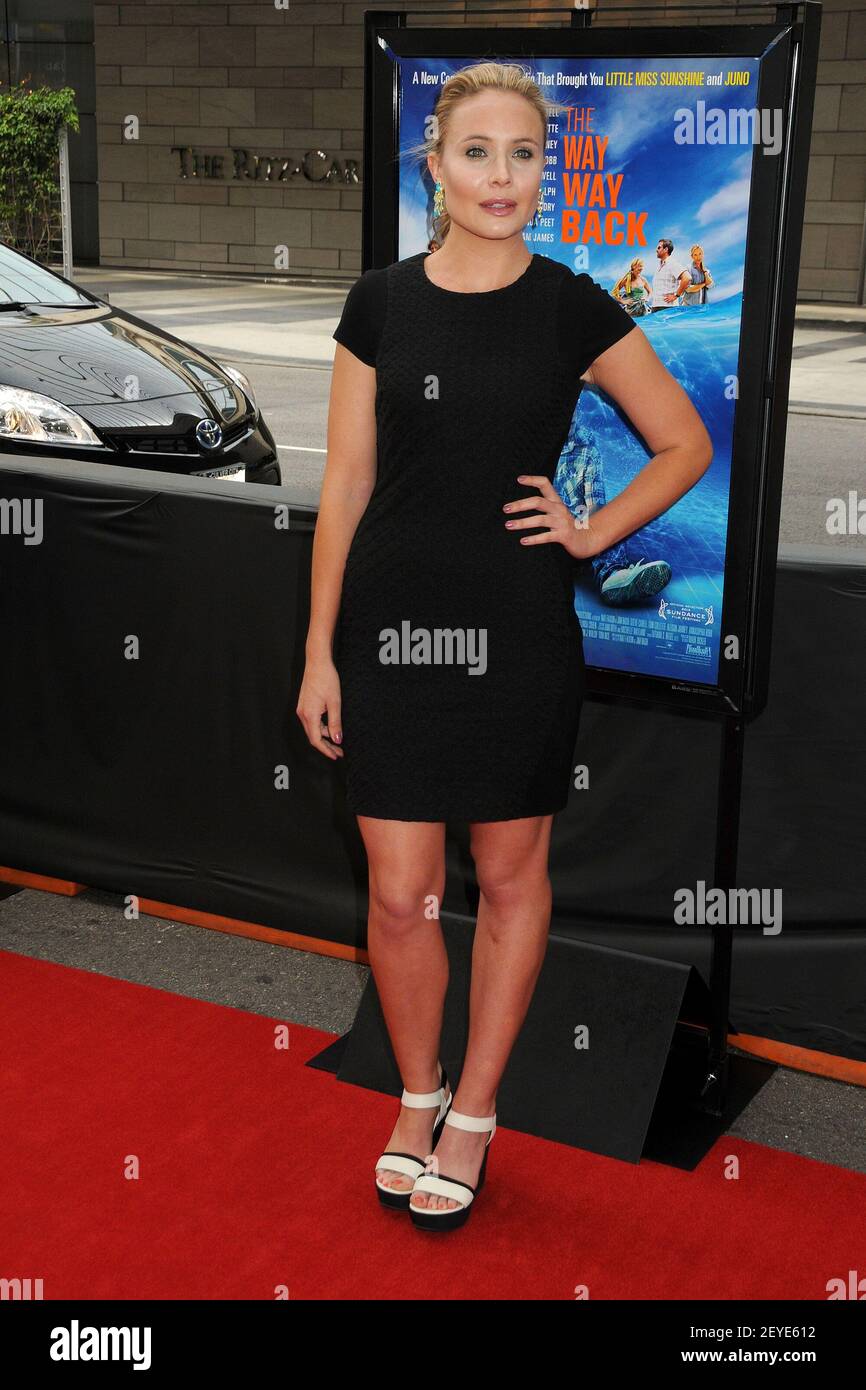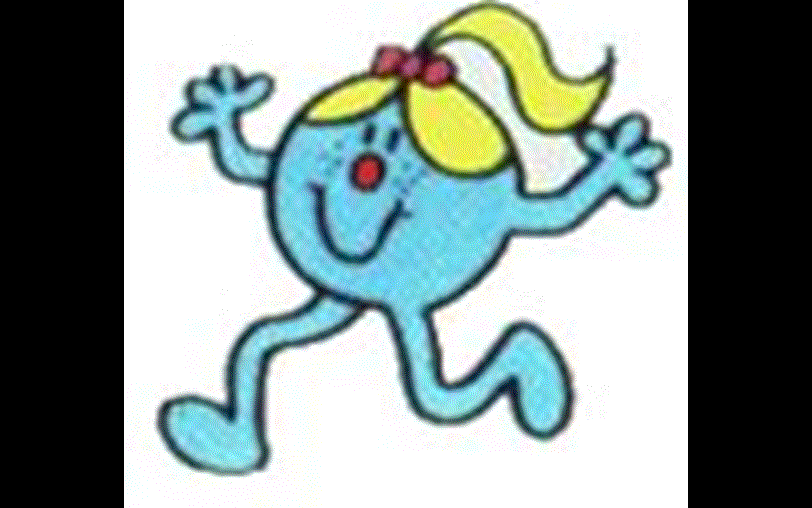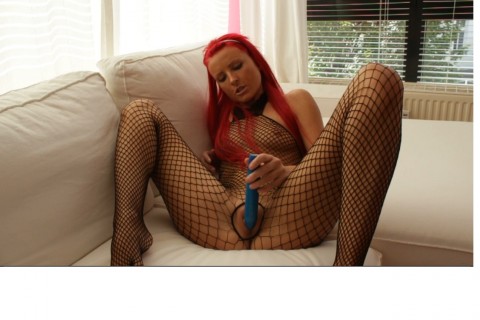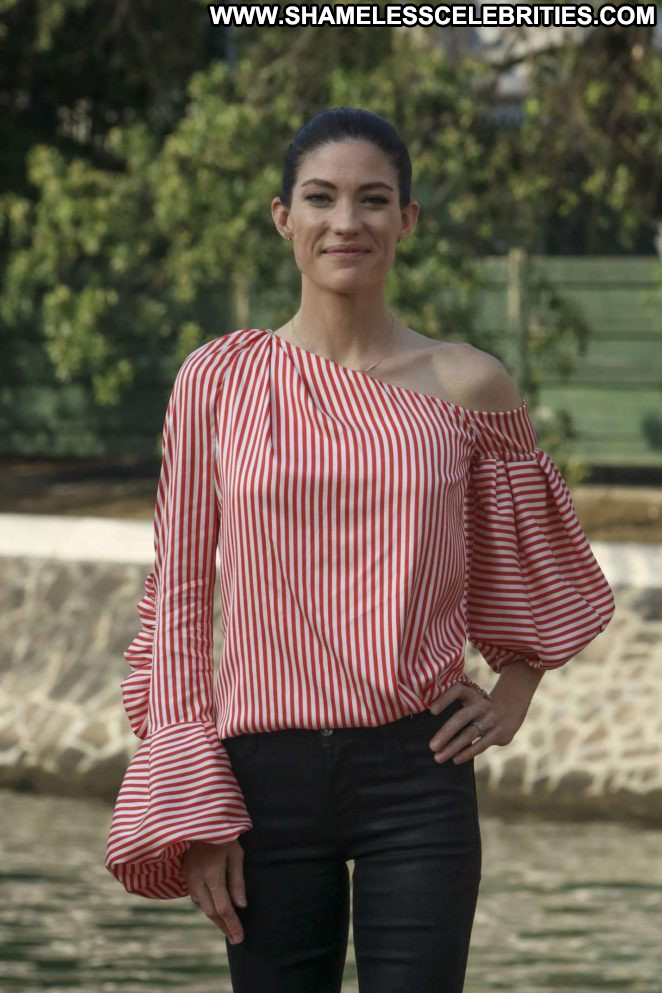Lil miss leah - Flickr: Discussing the list (of people in the book) check here in It's a girl thing
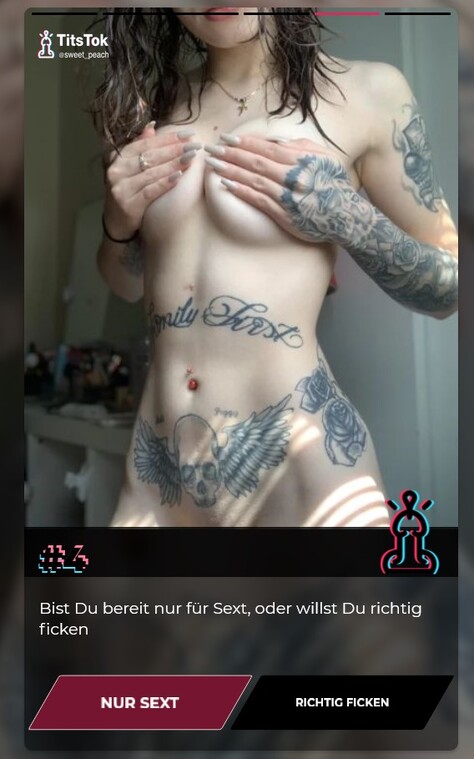
Kürzliche Posts
- Vanessa decker fake taxi
- Jeniffer lawrence hot
- Princess pumpkins tumblr
- Www juicy asses com
- Ass sex hd
- Ann-kathrin brг¶mmel nude
- Sabrina nicole sex
- Demi rose mawby sexy
- Andy griffith episodes season 1
- Alli rae interracial
- Connie deveaux instagram
- Kalina ryu feet
- Phoenix marie anal hd
- Sara paxton photos
- Lory del santo photo
- Abbie mcgann onlyfans
- Alura jenson fuck
- Alyssa milano nude pathology
- Azul hermosa pov
“‘Ideal’ Femininity Is Actually Just Successful Drag”: Gender Performance in Little Miss Sunshine and Dumplin’. By Leah Gaus
Flickr: Discussing the list (of people in the book) check here in It's a girl thing
Before you continue to YouTube
Flickr: Discussing the list (of people in the book) check here in It's a girl thing
“‘Ideal’ Femininity Is Actually Just Successful Drag”: Gender Performance in Little Miss Sunshine and Dumplin’. By Leah Gaus
From shaving their legs to styling their hair and makeup, contestants are required to consistently look their best, as measured by the high standards of femininity that our patriarchal society demands.
Since the first Miss America pageant in 1921, the industry has performed a specific type of femininity.
The camera cuts to a close-up of their laughing faces and, as Will moves to escort Ellen to her position on the platform, then cuts to a long shot showing the entirety of the stage.
Before you continue to YouTube
In making her act hypersexualized, Olive draws attention to the objectification of women in the pageant industry, therefore critiquing its messages.
In breaking these expectations of femininity through her attire, Olive transgresses the gender standards of the pageant industry, therefore exposing the absurdity of these demands.
As we see throughout the film, the other contestants wear bright makeup and frilly dresses with sequins, the attire expected of child beauty pageant contestants.
- Verwandter Artikel
2021 aquacool.co.nz


.jpg)
.jpg)




